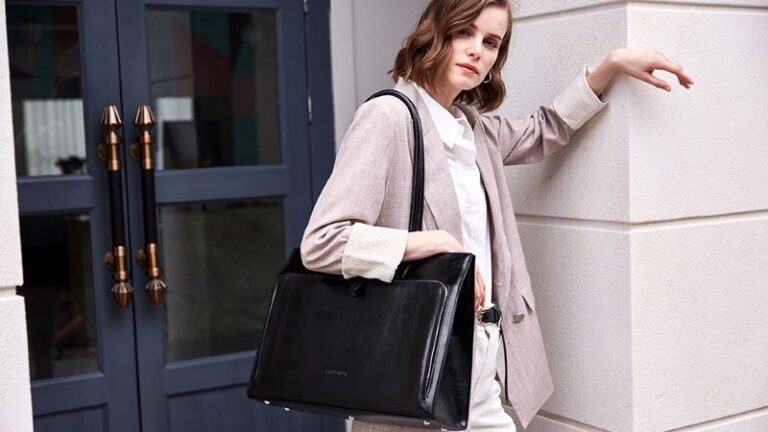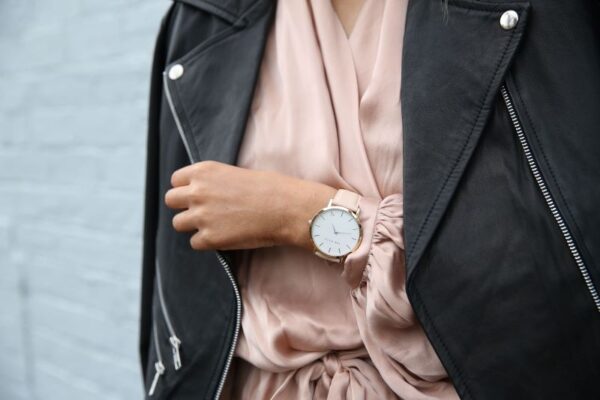Briefcases have come a long way from their traditional origins as utilitarian bags for carrying documents. Today, they have evolved into fashionable and functional accessories that complement a professional look. This article explores the history and styling of briefcases, highlighting their transformation into a must-have accessory for individuals seeking both style and practicality.
The Early Days:
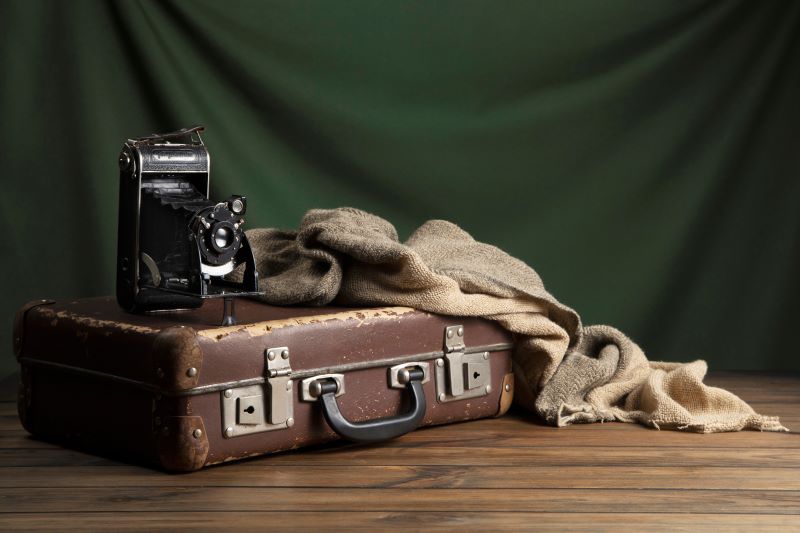
Utilitarian Origins: Briefcases trace their roots back to the early 19th century when they were primarily used by lawyers, businessmen, and professionals to carry important documents. These early briefcases were typically made of leather and featured a simple, boxy design with a top handle for easy carrying. Functionality took precedence over style during this era.
The Modern Makeover:
Fashion Meets Function: As the needs of professionals evolved, so did the design of briefcases. In the mid-20th century, briefcases underwent a significant transformation, incorporating more fashionable elements while retaining their functionality. The addition of pockets, compartments, and closures allowed for better organization and convenience. Briefcases became more streamlined, with sleeker silhouettes and refined materials.
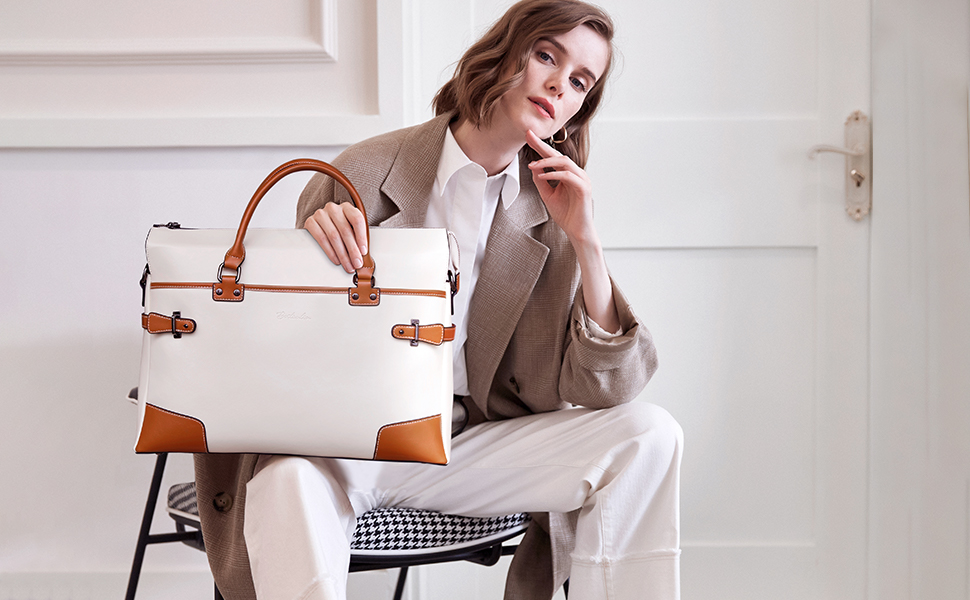
Materials and Styles:
Today’s briefcases come in a wide range of materials, including leather, canvas, nylon, and synthetic blends. Leather remains a popular choice due to its durability, timeless appeal, and ability to develop a rich patina over time. However, other materials offer lightweight alternatives and modern aesthetics.
In terms of styles, briefcases have diversified to cater to different preferences and occasions. Traditional briefcases with a top handle and flap closure are still popular, exuding a classic and professional look. Messenger-style briefcases with a shoulder strap have gained popularity, offering a more casual and versatile option. Additionally, there are now briefcases that can convert into backpacks, combining the functionality of both styles.
Integration of Technology:
With the rise of technology, briefcases have adapted to accommodate laptops, tablets, and other electronic devices. Many briefcases now feature padded compartments and sleeves specifically designed to protect and secure these devices. This integration of technology showcases the briefcase’s ability to adapt to the changing needs of professionals in the digital age.
Personalization and Customization:
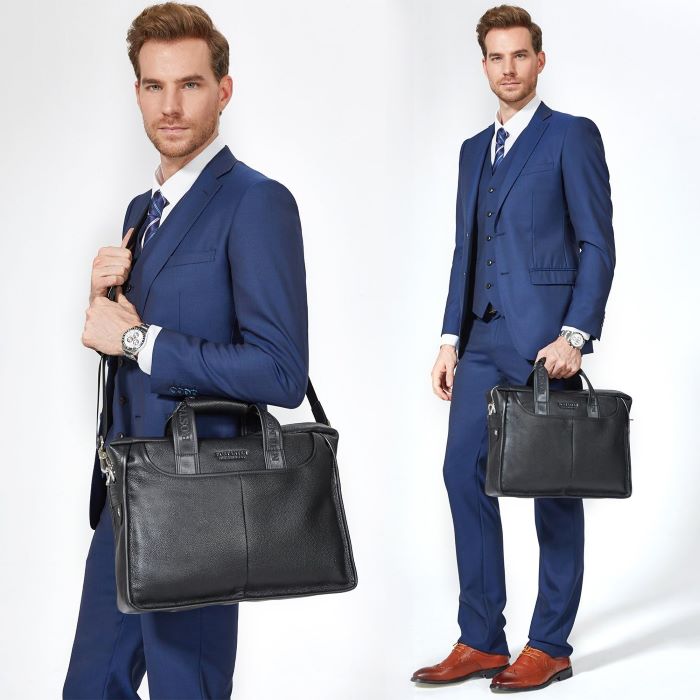
To add a personal touch, many briefcase manufacturers offer customization options. From monogramming to selecting unique color combinations and hardware finishes, individuals can create a briefcase that reflects their personal style and preferences. Customization adds a sense of exclusivity and individuality to the accessory.
Briefcases have evolved from simple document carriers to fashionable and functional accessories that cater to the needs and preferences of modern professionals. With a variety of materials, styles, and customization options available, briefcases now offer a perfect blend of style, organization, and convenience. Embrace the evolution of briefcases and choose one that complements your personal style and enhances your professional image.

